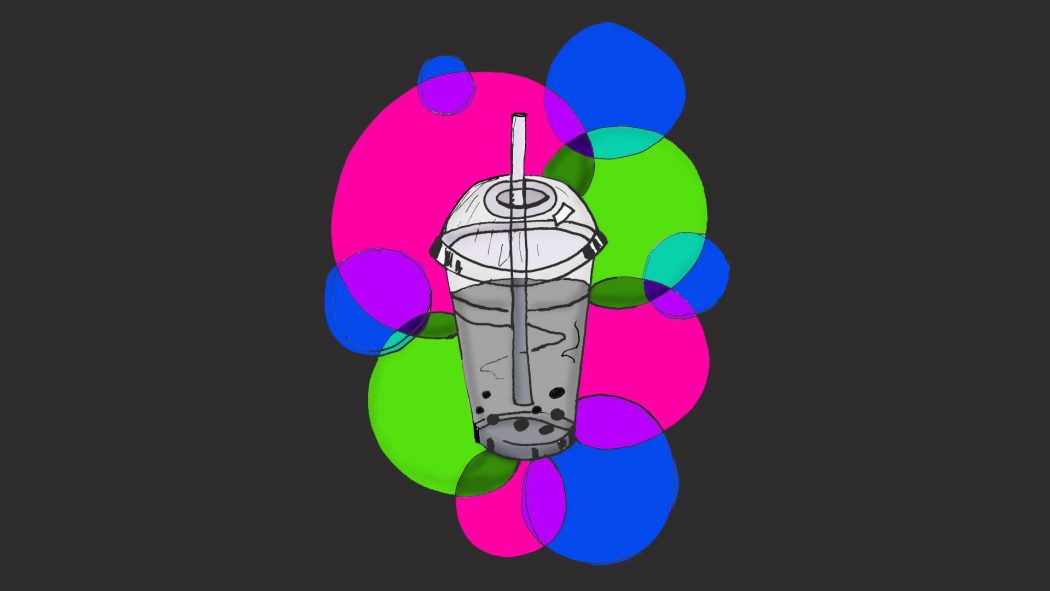475 years ago, Portuguese ships landed on a tropical island. Captivated by its lush forestry, rugged mountain ranges, and rocky coasts, they titled it “Ilha Formosa,” meaning “beautiful island.” Less romantically, the signs of potential economic prosperity in Formosa prompted other Europeans, specifically the Dutch, to set up trading bases around the seemingly untouched country. Relentless to the naval efforts of neighbouring countries trying to fend off foreign traders, the Dutch colonized a nearby island and established trading routes. For a short time, the Dutch dominated their colonial economy until the Spaniards invaded and soon left. By way of natural disaster, epidemic, and Aboriginal retaliation, Formosa took revenge.
Formosa no longer exists and, in its place, Taiwan. Even through foreign settlement, political turmoil, and a history of colonial contention, the politically convoluted antiquity of a curious little island in the shadow of China has produced a commodity revered worldwide: tapioca. They’re the pearls in your bubble tea, made of cassava root brought by the Portuguese 475 years ago.
Bubble tea is a simple and widespread concept: cold milk tea and tapioca, typically consumed in a transparent plastic cup, heat-sealed with a thin plastic cover, and ready to be punctured by a pointed colourful straw. Yet, within the cellophane walls of this treat, like the steeping of tea leaves, is a diffusion of cultures.
Bubble tea is as ubiquitous as it is popular. Turn every corner and there always seems to be a place that sells it. Surpassing froyo as the new ‘foodie trend’, bubble tea stores are appearing in droves within Montreal, Toronto, Vancouver, LA, and many other major cities in North America. Not surprisingly, the bubble tea craze is exploding within the Asian radius of the beverage’s origin country: Taiwan.
Yet, within the cellophane walls of this treat, like the steeping of tea leaves, is a diffusion of cultures.
The concoction was invented in the 1980s in Taiwan, and by the early 1990s, bubble tea was pervasive in Japan and Hong Kong. From these locations, international traders brought the drink into Chinatowns, as well as other Chinese and Taiwanese diasporas in North America. By the late 1990s, bubble tea moved outward to non-Asian areas. Today, bubble tea stores can be found in over 50 countries. On the turn of every street, there seems to be a bubble tea business or a restaurant that serves it. The drink has achieved a cultural significance outside of Taiwan and it continues to spread rapidly.
Initially, bubble tea could only be found in cities with large Asian populations like Toronto, New York, Los Angeles, Vancouver, and Seattle. In LA, the first dedicated bubble tea shop opened in the late 1990s. By the early 2000s, dozens of shops began to emerge, many owned by immigrants of Taiwanese descent.
The outward spread from Taiwan into Asian diasporas in North America proves to be a prevailing trend in Canada as well. Especially with an influx of Asian migration in recent years, the collection of bubble tea stores and chains has permeated the ethnic enclaves.
Global chains like Chatime have been especially successful with their germination in Asian cultural centres and their subsequent expansion into non-Asian areas. In the Greater Toronto Area, there are 29 Chatimes, several centered around Chinese cultural areas and diasporas like Markham and downtown Chinatown. Fittingly, Chinese people are the top ethnic group in three out of the four community councils in Toronto. The concentration of these stores seems to dissipate as they venture into foreign soil like Brampton.
To a lesser scale, this outward projection is true in Montreal, with five Chatimes and one in the heart of Chinatown. To account for Toronto’s 24 more Chatimes, Asians represent 12% of Toronto’s population versus Montreal’s 3%. Moreover, Vancouver’s sizeable Asian population makes up 28% of their population and following this trend, the city has 15 Chatime locations. From this spread, it can be determined that there is a strong correlation between the demographic of Chinese people and the number of bubble tea stores in the area. After all, the pioneering stores in North America were owned by Taiwanese immigrants.
By nature, and by necessity, the bubble tea industry has evolved. The first bubble tea chains in Taiwan in the 1990s differ greatly from those in North America. Like all transnational business, the product must be adapted to the culture and clientele of that area. There is a necessity for innovation in the wake of cultural spread, especially one as rapid as that of bubble tea.
This innovation materializes in the advertising and marketing of stores. The original teahouses in Taichung and Tainan hold onto tradition, their appeal being a claim to the beginning of the bubble tea mythology and a small menu of signature beverages reflecting a standard of quality that began in the 1980s. However, other bubble tea stores practice an alternative philosophy, one of innovation and alteration that accommodates new interest and with that, a wider clientele.
Like all transnational business, the product must be adapted to the culture and clientele of that area. There is a necessity for innovation in the wake of cultural spread, especially one as rapid as that of bubble tea.
Matthew Durbano, the social media representative of A Beverage Store (ABS), a bubble tea store in Montreal, speaks to this divide and the marketing and advertising choices made to navigate the phenomenon of bubble tea. Durbano cites that with the popularity growth of the beverage, “there’s been a shift in mentality, not totally because bubble tea is still somewhat niche-oriented, but it has grown to a point where bubble tea could be considered mainstream” within the general public.
With this mainstream characteristic, there is a tendency to either stick to the Taiwanese roots of the product or to expand the audience by means of newer drinks like non-traditional slushies, for example. This same divide applies for bubble tea’s place in the health trend. Durbano observes “from first-hand experience, [that] these healthier and more fruity drinks appeal greatly to non-Asians (and Asians [as well)” due to the fact that they “follow the societal norm to ‘try and be healthier’ here in North America.”
Although bubble tea has gone from novelty to mainstream, bubble tea stores continue to adjust their strategies to preserve this cultural spotlight. Durbano notes ABS’ choices on this matter, saying that “ABS is more local and cater[s] … to people of Asian-descent.” He adds that “customers would be much more diverse (background-wise) at a chain bubble tea shop like Chatime.”
Industry giants like Chatime and smaller establishments like A Beverage Store reveal the choices that must be made to preserve the limelight, and the innovation required to do so. There are traditionalists and progressives in the bubble tea industry. Perhaps it’s the difference between a bubble tea store and a teahouse. Yet, one thing is certain: at the core of this industry is innovation.


